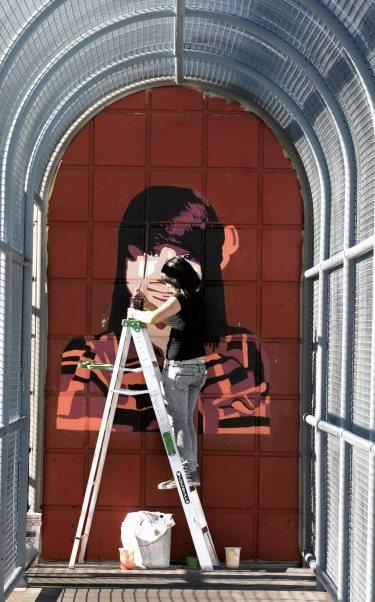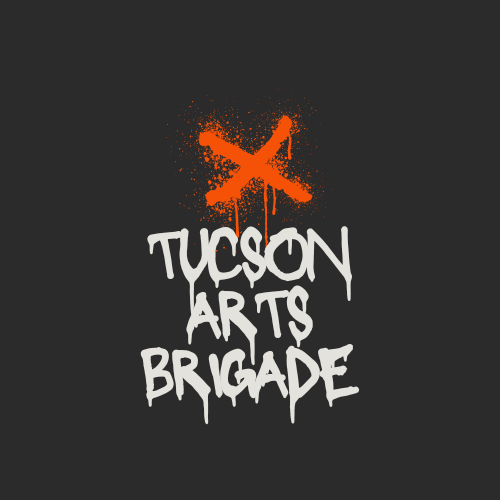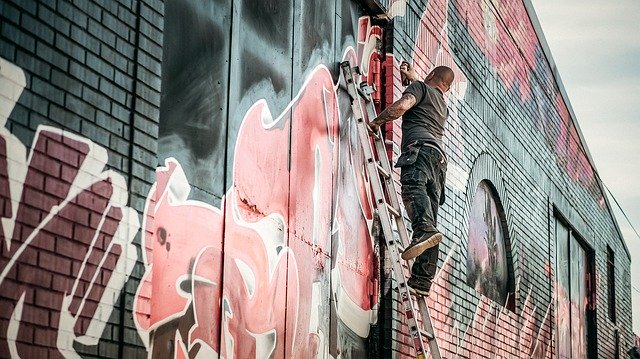The word murals derive from the ancient Latin word murrus, which means “wall”. Today, murals can describe almost any piece of art applied or painted on a wall, floor or other large permanent surface, flat, convex or concave, in fact.
A mural is an example of the art of painting with layers of paint that resemble a mosaic, which can be applied over a base of wallpaper. Usually, murals are applied on the inside walls. Most artists prefer to apply murals on the wall behind a mirror because it is easier to see what is going on.
The role of the artist
In order for a mural to look its best, it is important that the artist using it knows how to apply it correctly. Painting with a brush is only one way to get a mural done correctly, though. Most artists prefer to use stencils or a palette to apply their artwork on the wall.
First, the artist will need to prepare the surface where they are going to apply the mural. Most artists will start by laying down a thin, even coat of primer, then adding a light layer of paint. The final layer of paint should be at least three shades lighter than the previous layer. This helps give the mural texture and dimension.

Once a mural is laid, the artist will use a paintbrush to apply the mural to the surface. This technique is called stenciling. This works best when the wall is flat and you can use the brush on the wall to help control the thickness of the line on the mural.
Next, the artist will apply a second coat of paint on top of the first layer. As the mural dries, it will begin to take shape and become more realistic looking. This can be done by wiping away excess paint as the mural dries.
When the mural is completely dry, the artist can now add a third layer. This is the base of the mural. It can be made of wallpaper, paper, or another material. Most artists prefer to use as wallpaper for their murals because it is easy to apply, but not as strong as wallpaper is.
Murals are not only used as a part of a wall, but they can also be used in bathrooms or anywhere else where the artist has a good amount of space, such as a kitchen, living room, bathroom or garage.
Type of murals
The most common types of murals are created using the colors black, red, white and gray. However, other colors can also be used if the artist is interested in creating something unique.
Some people use murals to enhance the ambience of a room. This type of mural can create a feeling of warmth, relaxation, or serenity. This type of decorating style adds to the ambiance of the room, which in turn creates a welcoming atmosphere in the room.
Many artists also choose to have their mural painted by using a stencil. This technique allows the artist to control the depth and size of the mural. and to easily create a variety of different shapes. As the painting dries, the artist can add in the final details and texture using a sponge.
When a mural is created using a stencil, the artist does not have to worry about getting the outline exact. As the paint dries, the artist can make small corrections as needed, such as adding in a line here and there. To keep the mural looking smooth and clean, the stencil will be wiped away to reveal the original mural on top.
There are many different techniques that an artist can use to create their mural. Each person will have to find what works best for them.

